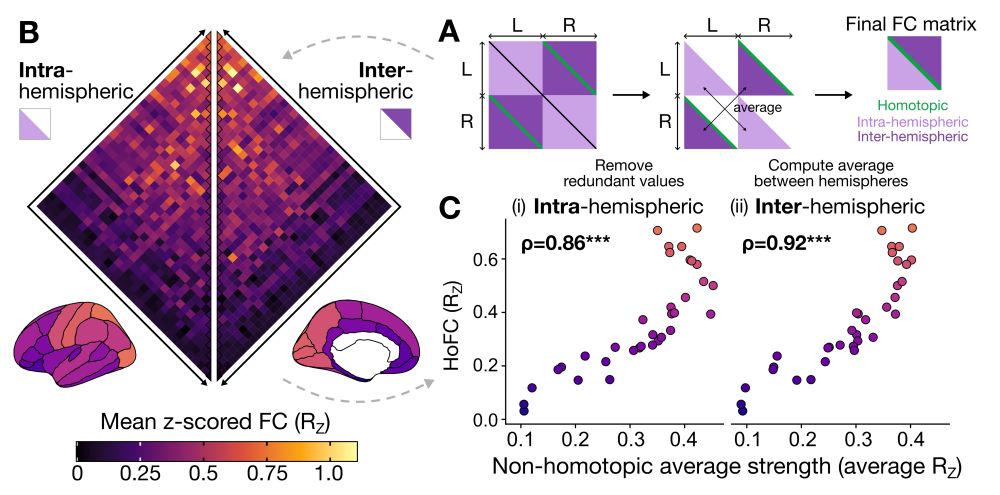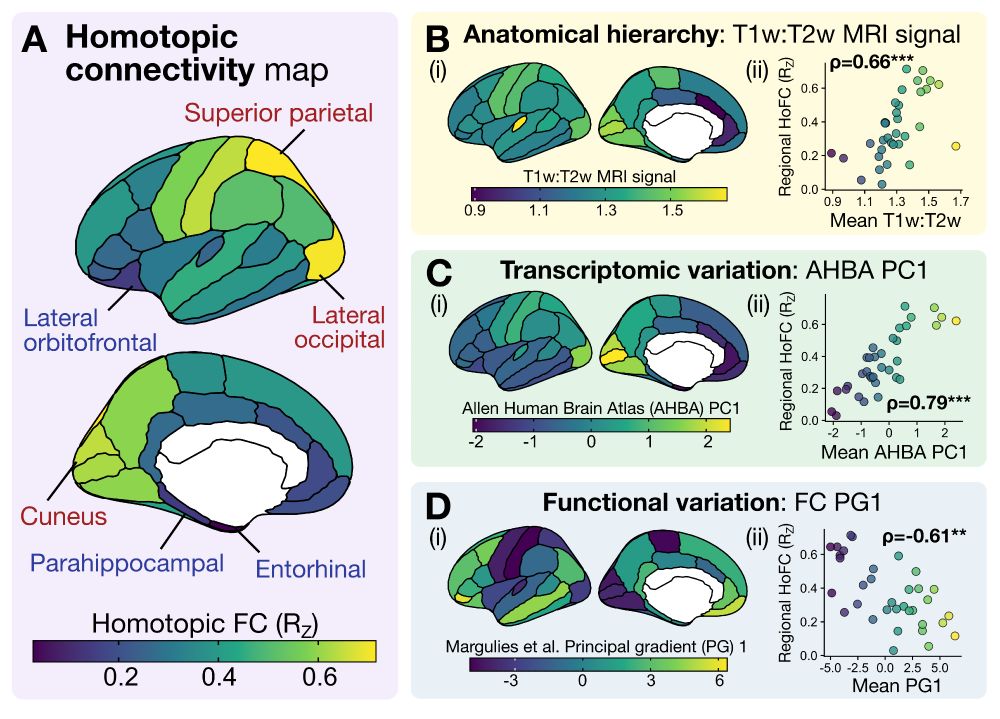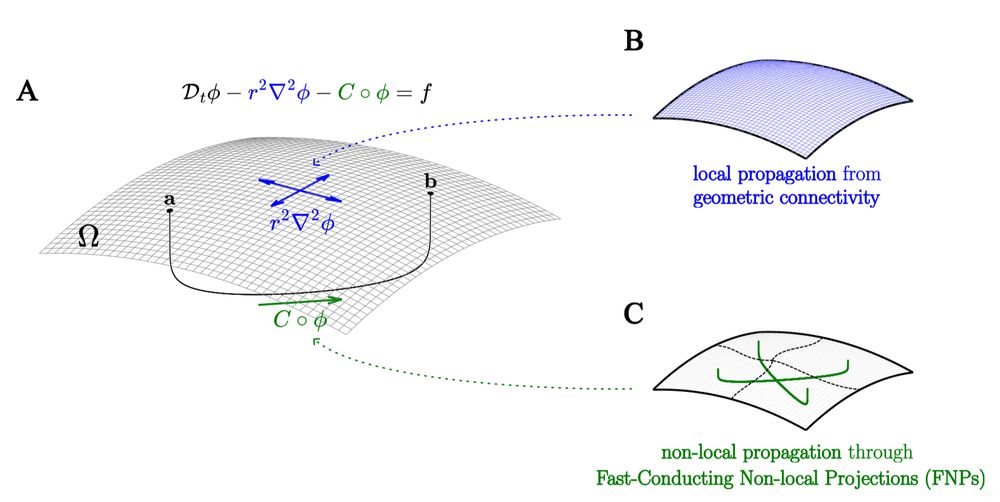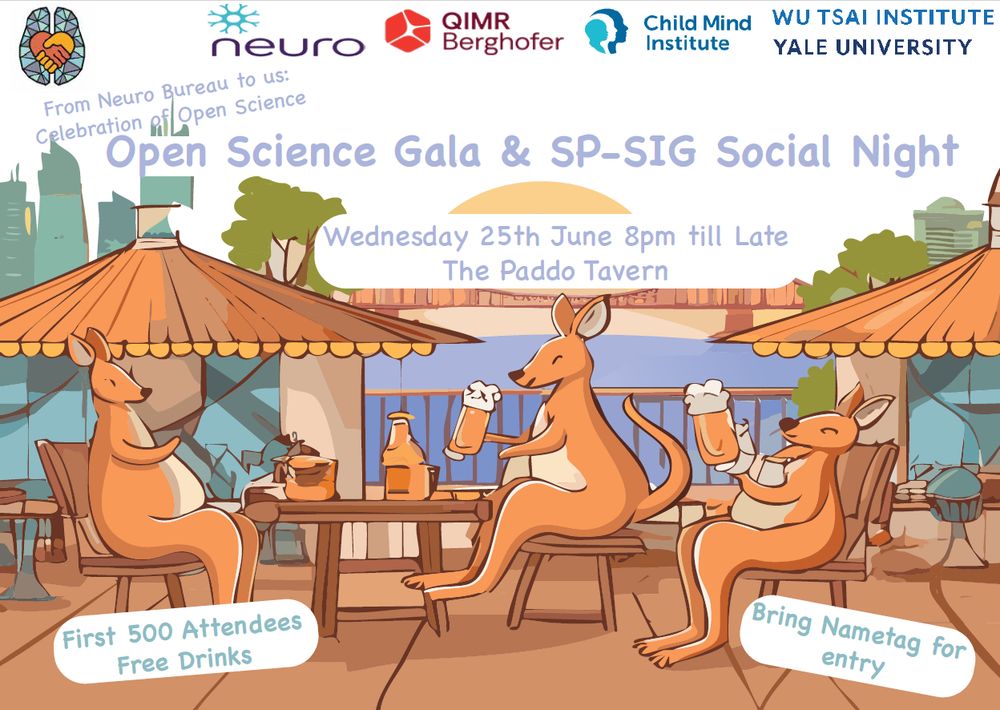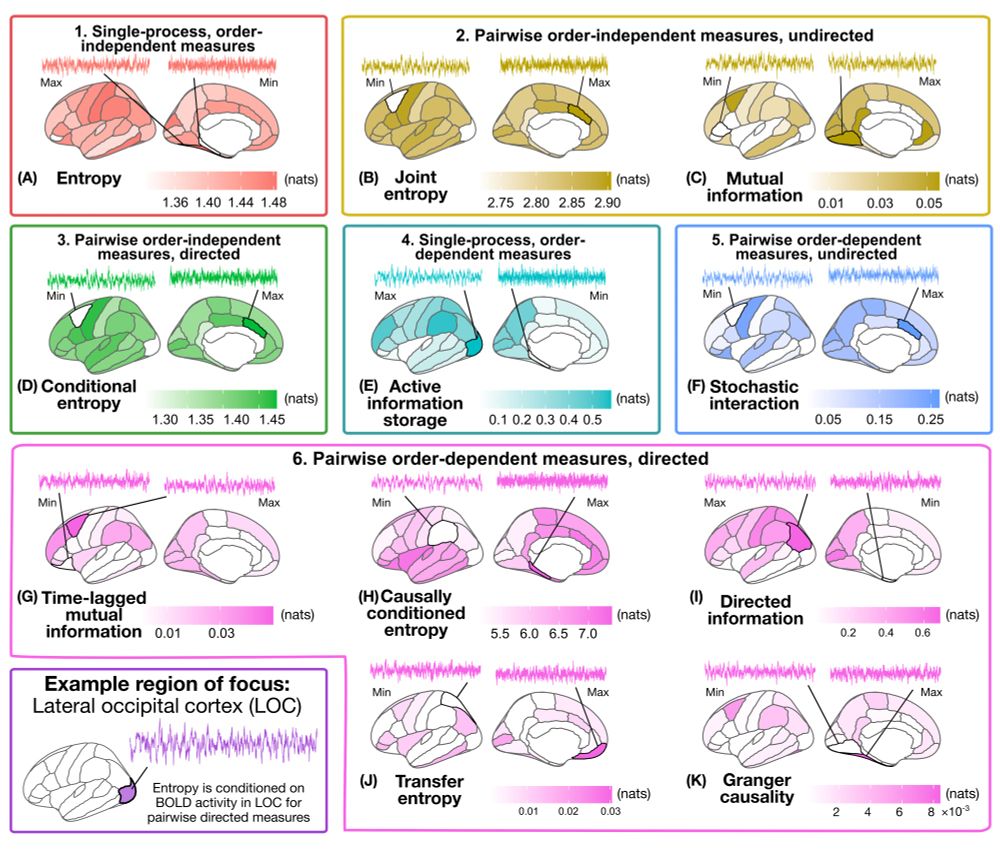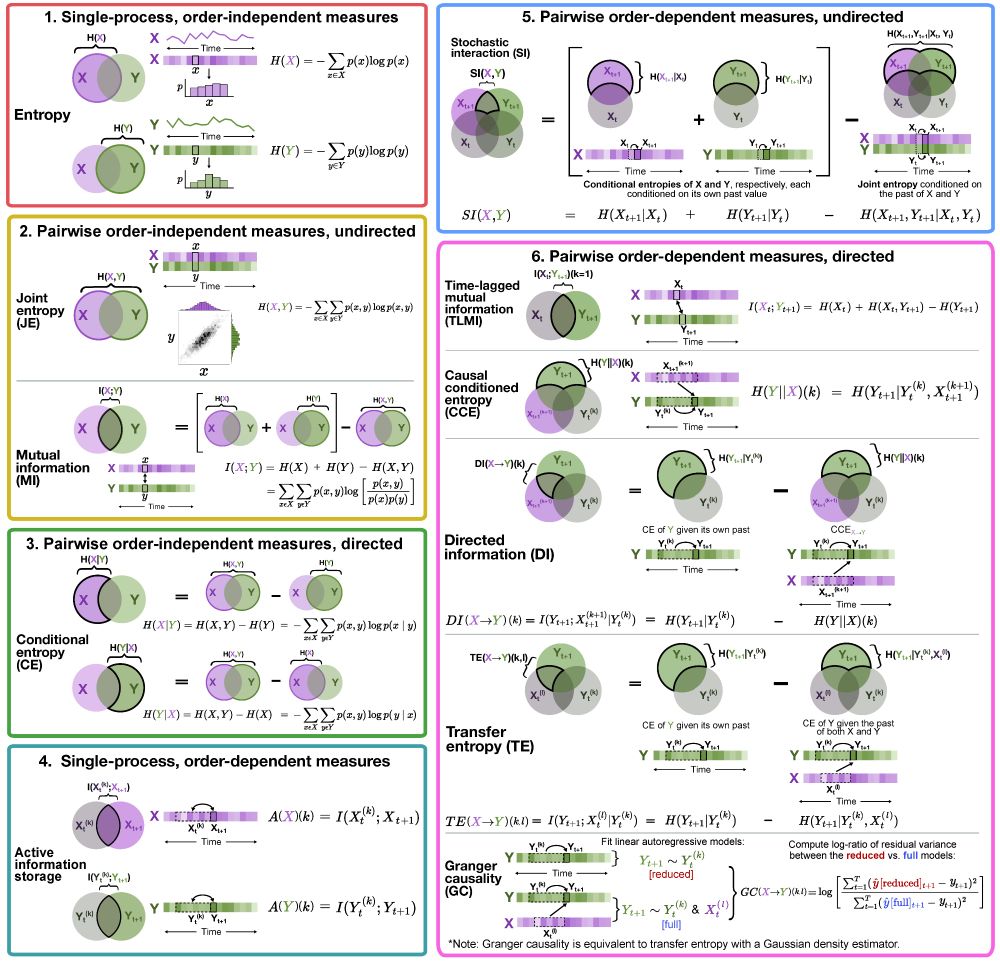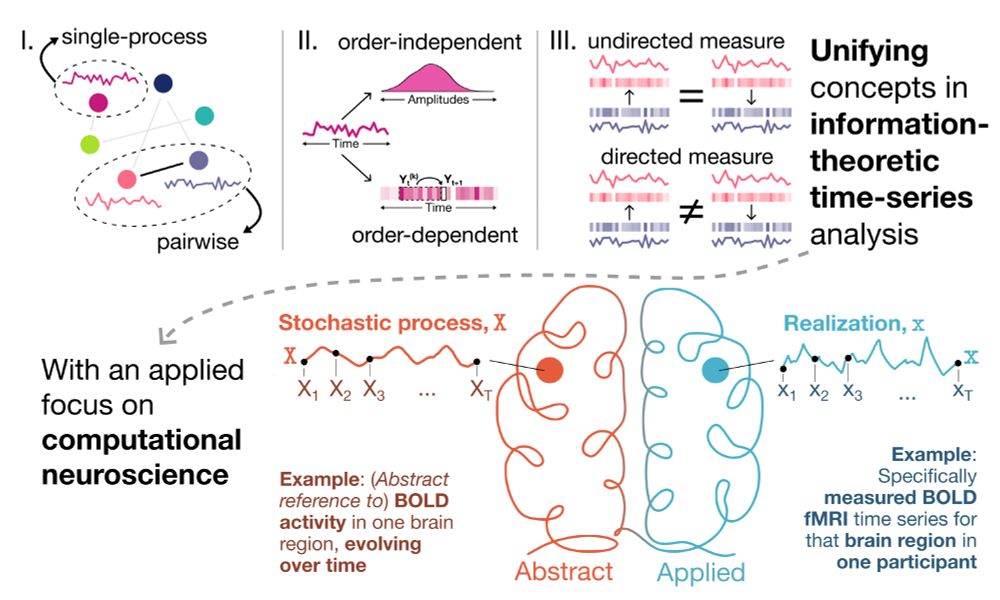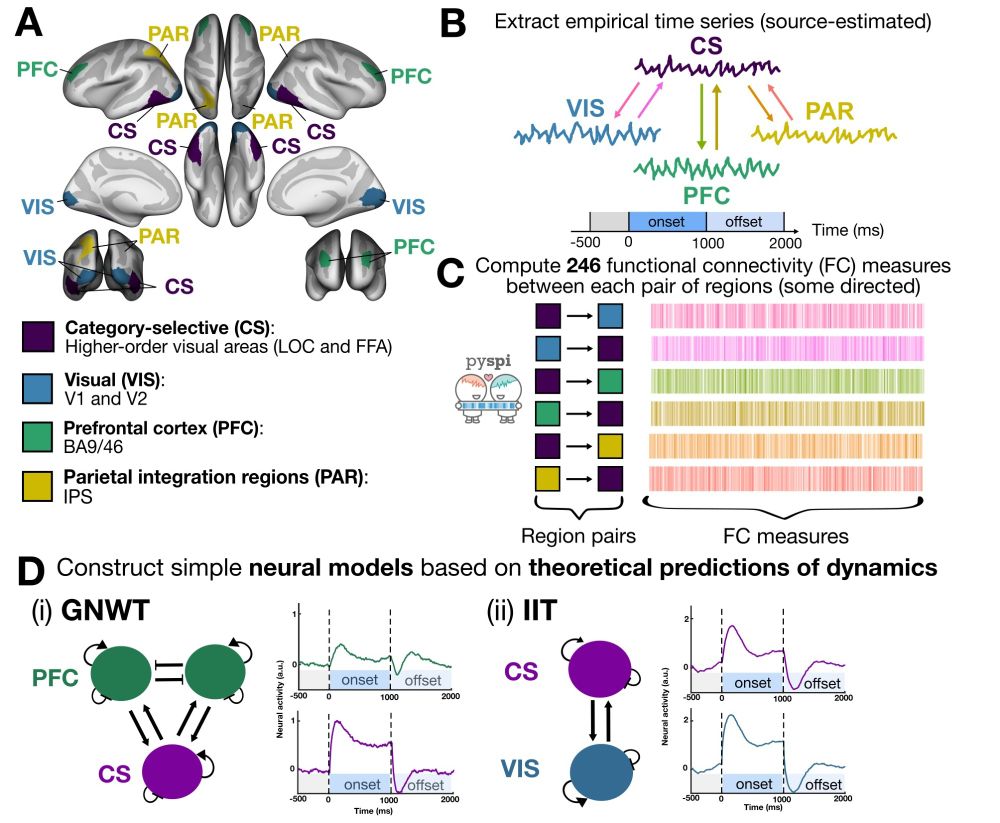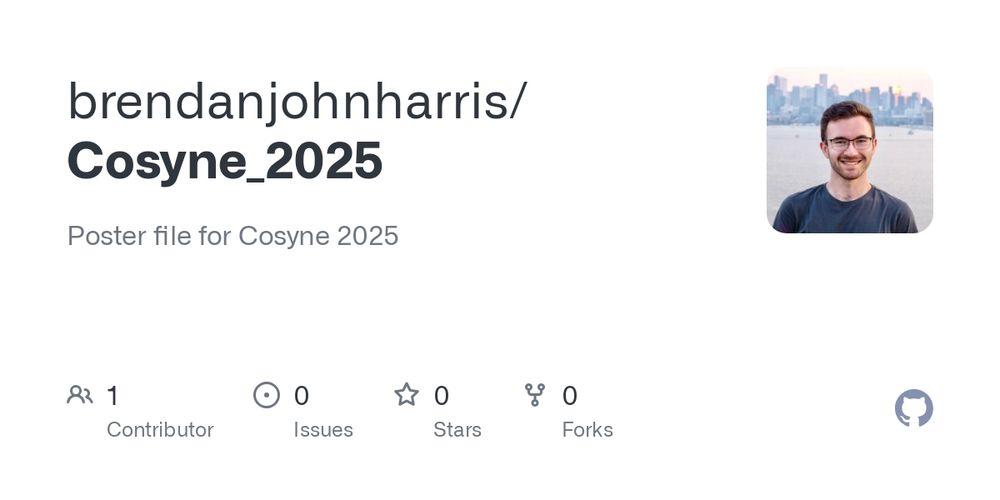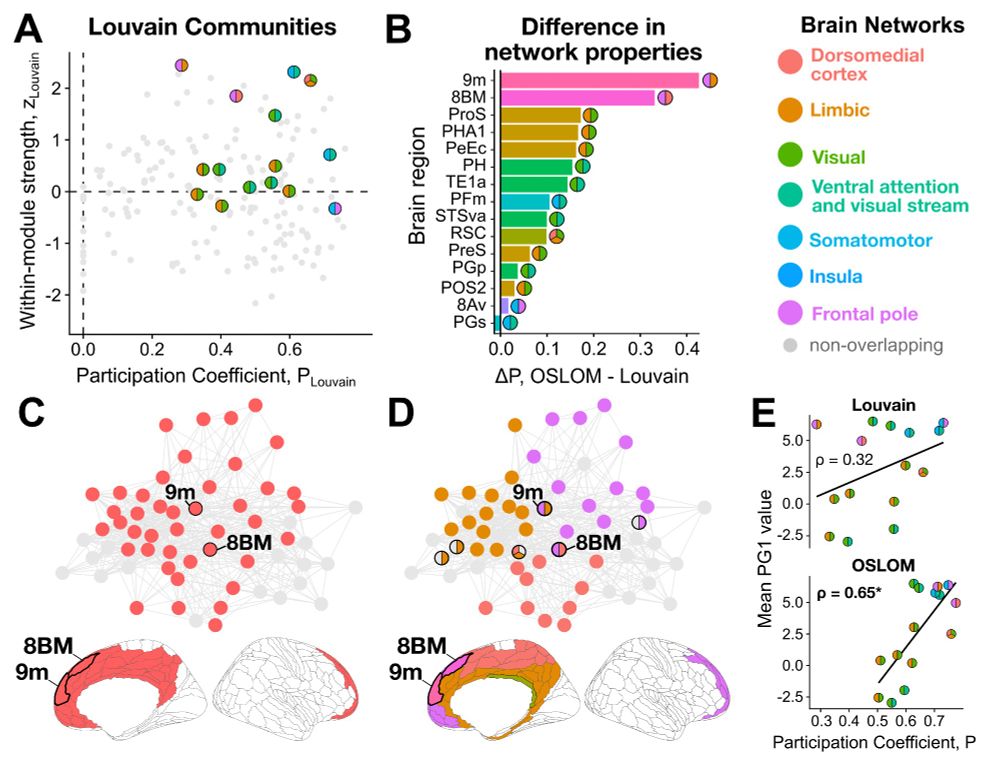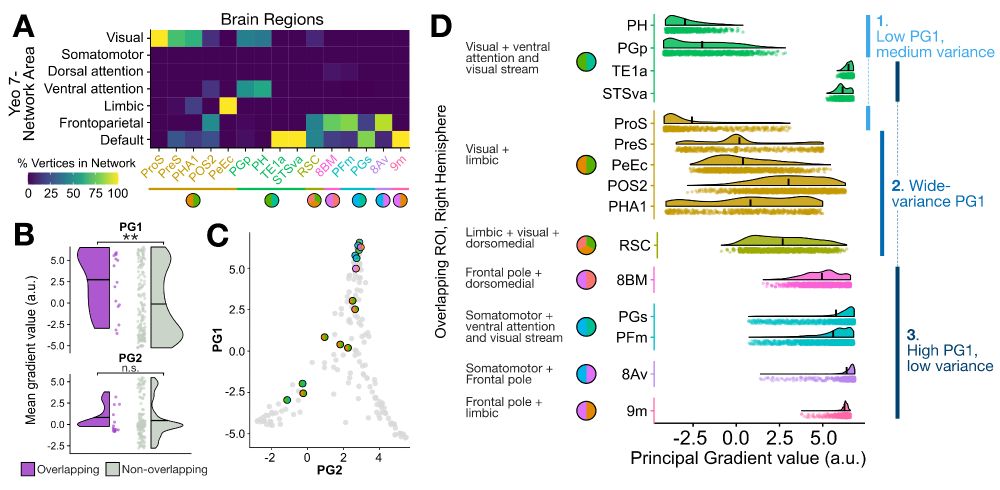Annie G. Bryant
@anniegbryant.bsky.social
190 followers
110 following
21 posts
PhD candidate in the Dynamics and Neural Systems Lab at The University of Sydney 🧠
I'm probs either biking, hammocking, and/or caffeinating rn ☀️🌻
Posts
Media
Videos
Starter Packs
Reposted by Annie G. Bryant
Reposted by Annie G. Bryant
OHBM Trainees
@ohbmtrainees.bsky.social
· Jun 25
Annie G. Bryant
@anniegbryant.bsky.social
· May 20
Annie G. Bryant
@anniegbryant.bsky.social
· May 20
Reposted by Annie G. Bryant
Reposted by Annie G. Bryant
Jake Vogel
@jwvogel.bsky.social
· Apr 24
Reposted by Annie G. Bryant
Reposted by Annie G. Bryant
Loïc Labache
@loiclabache.bsky.social
· Apr 12

The molecular and cellular underpinnings of human brain lateralization
Hemispheric specialization is a fundamental characteristic of human brain organization, where most individuals exhibit left-hemisphere dominance for language and right-hemisphere dominance for visuosp...
doi.org
Reposted by Annie G. Bryant
Ben Fulcher
@bendfulcher.bsky.social
· Apr 9
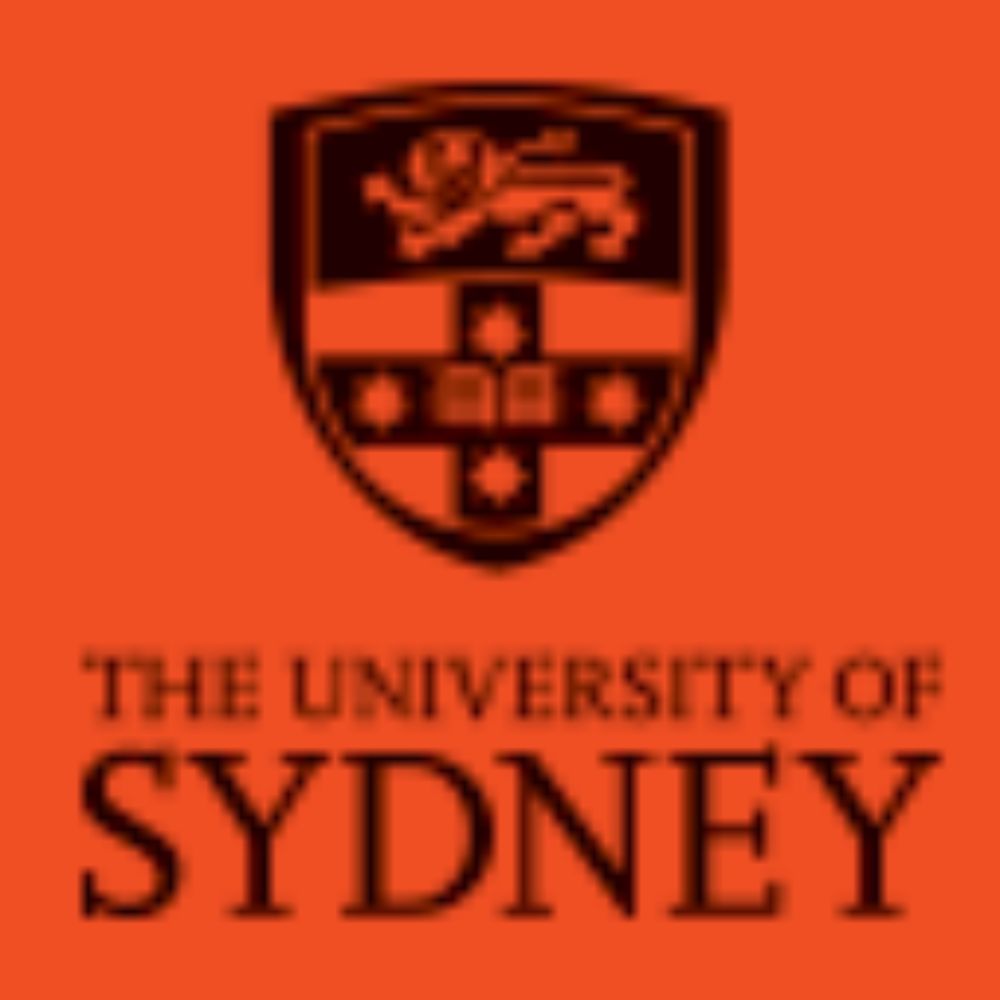
Postdoctoral Research Associate (Physics)
Full time, 2-year fixed term position with potential to extend. Located on the Camperdown Campus at the School of Physics. Exciting opportunity to conduct research in a world-leading interdisciplinary...
usyd.wd105.myworkdayjobs.com
Annie G. Bryant
@anniegbryant.bsky.social
· Apr 14
Annie G. Bryant
@anniegbryant.bsky.social
· Mar 21
Annie G. Bryant
@anniegbryant.bsky.social
· Mar 21



